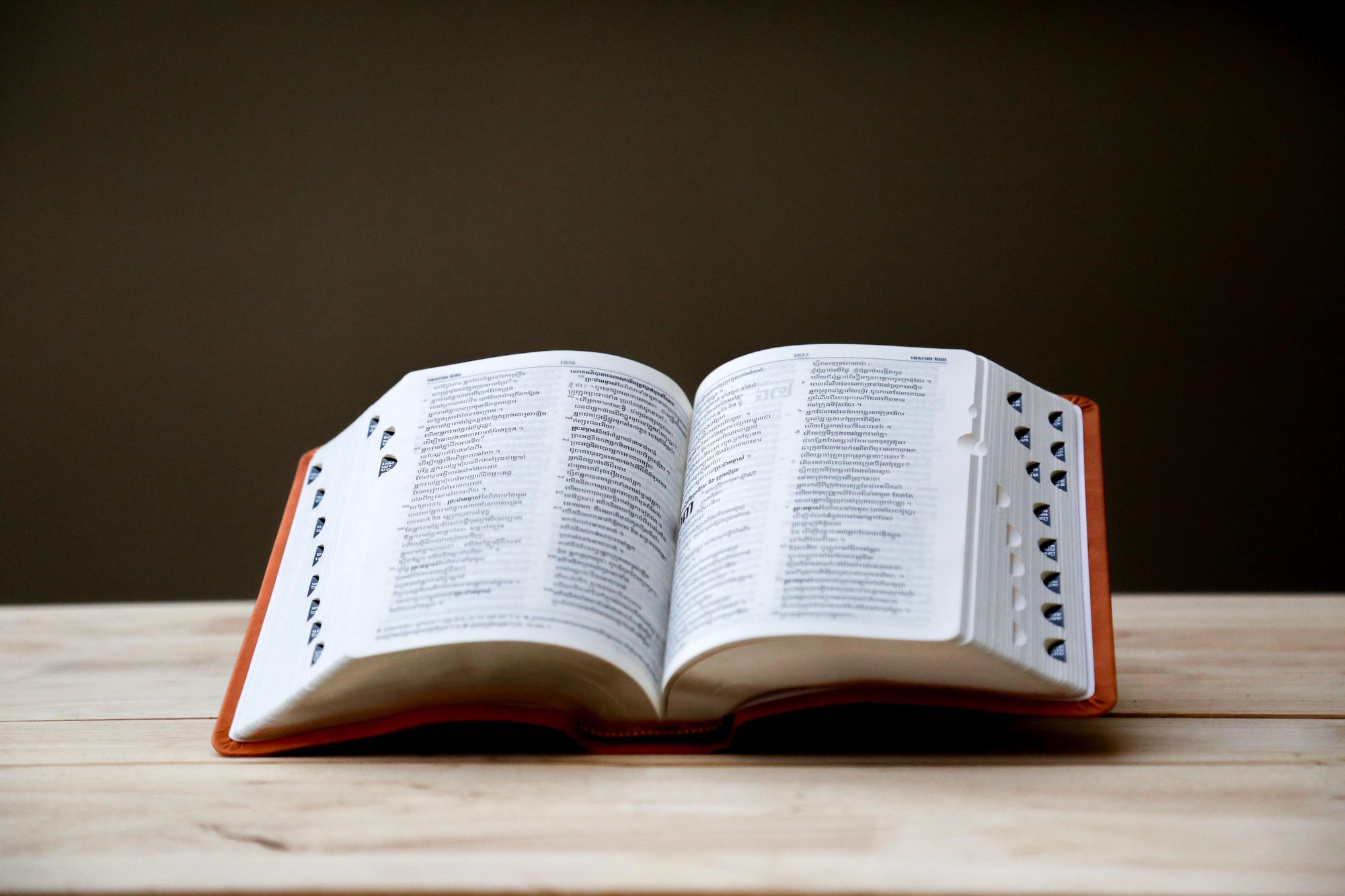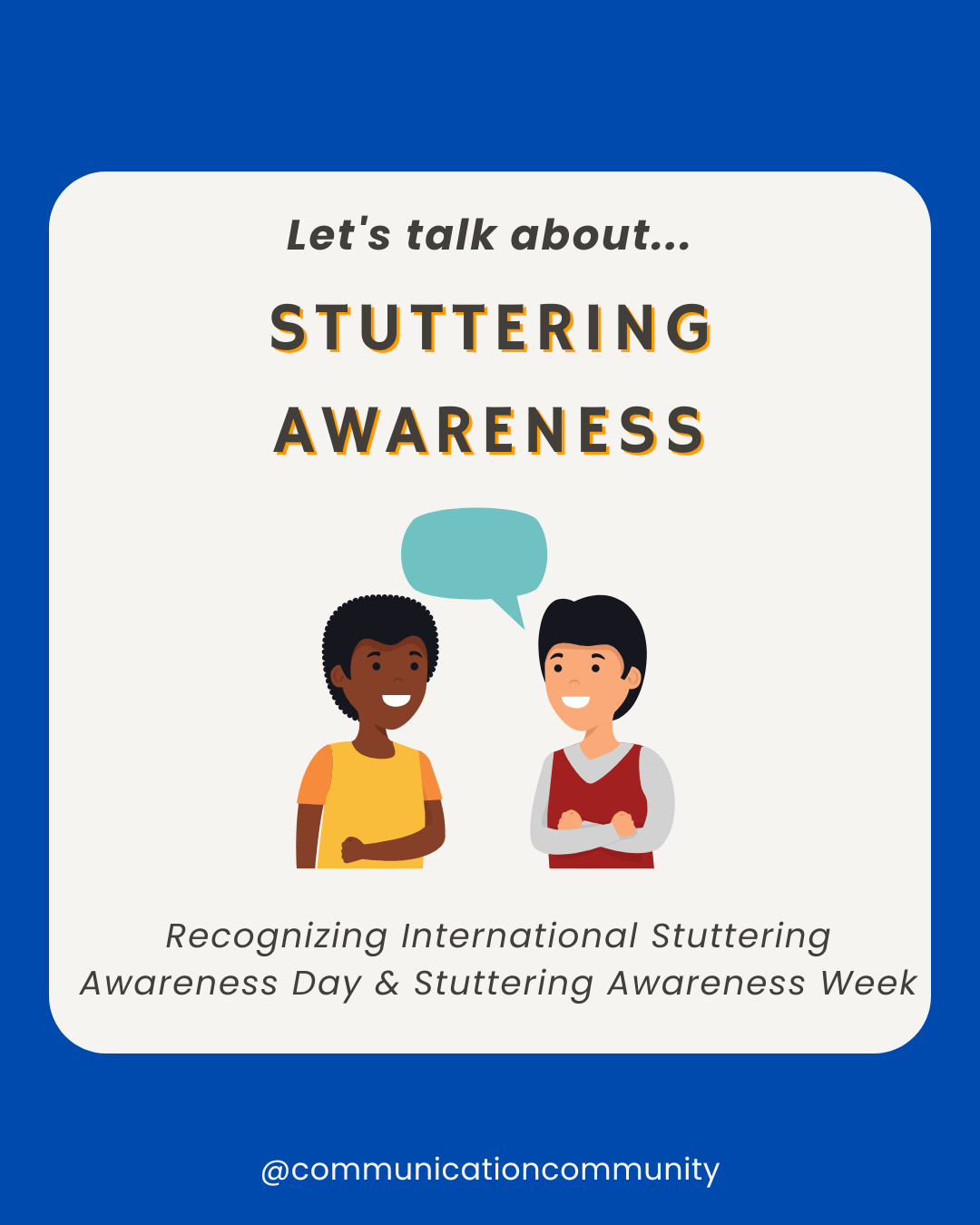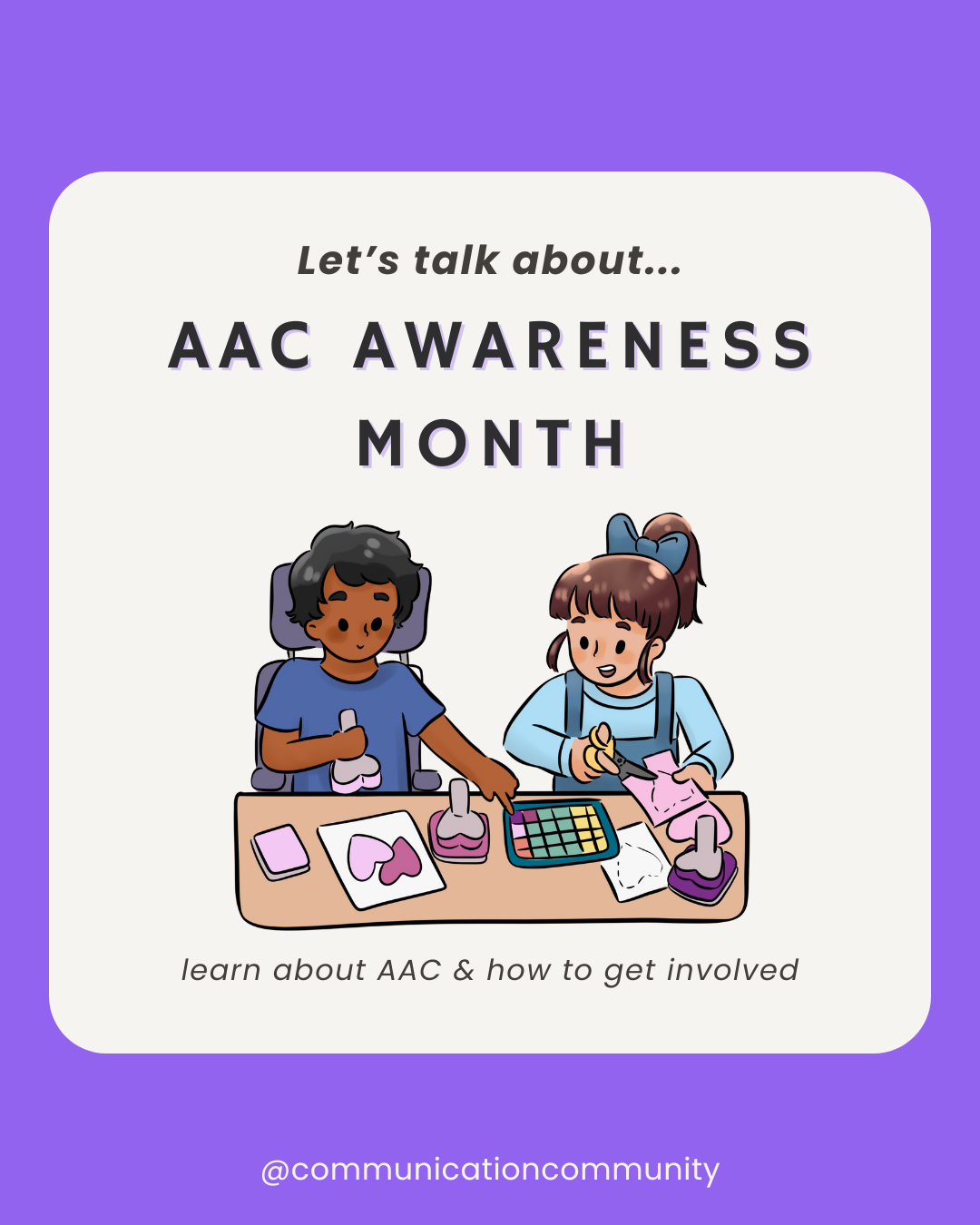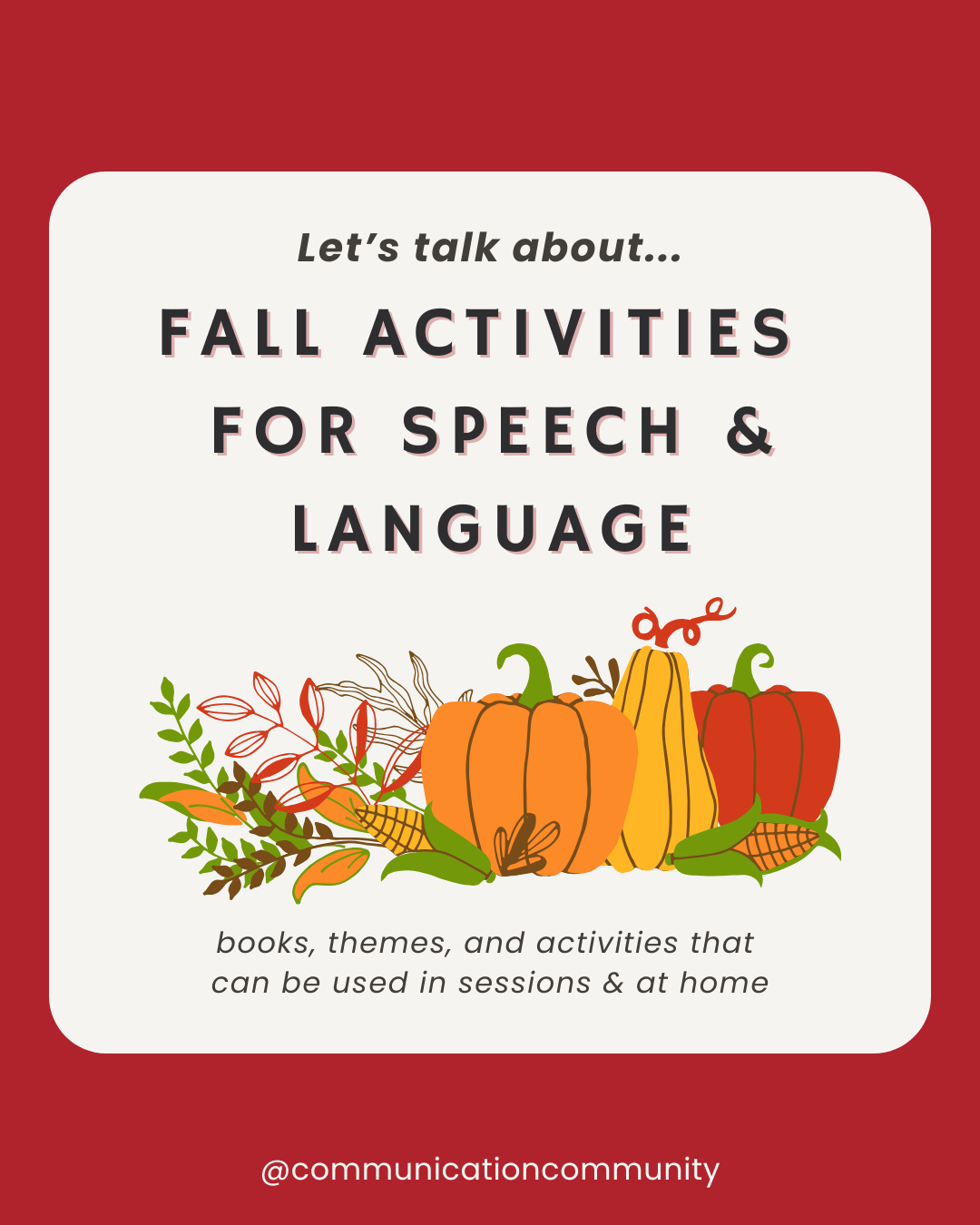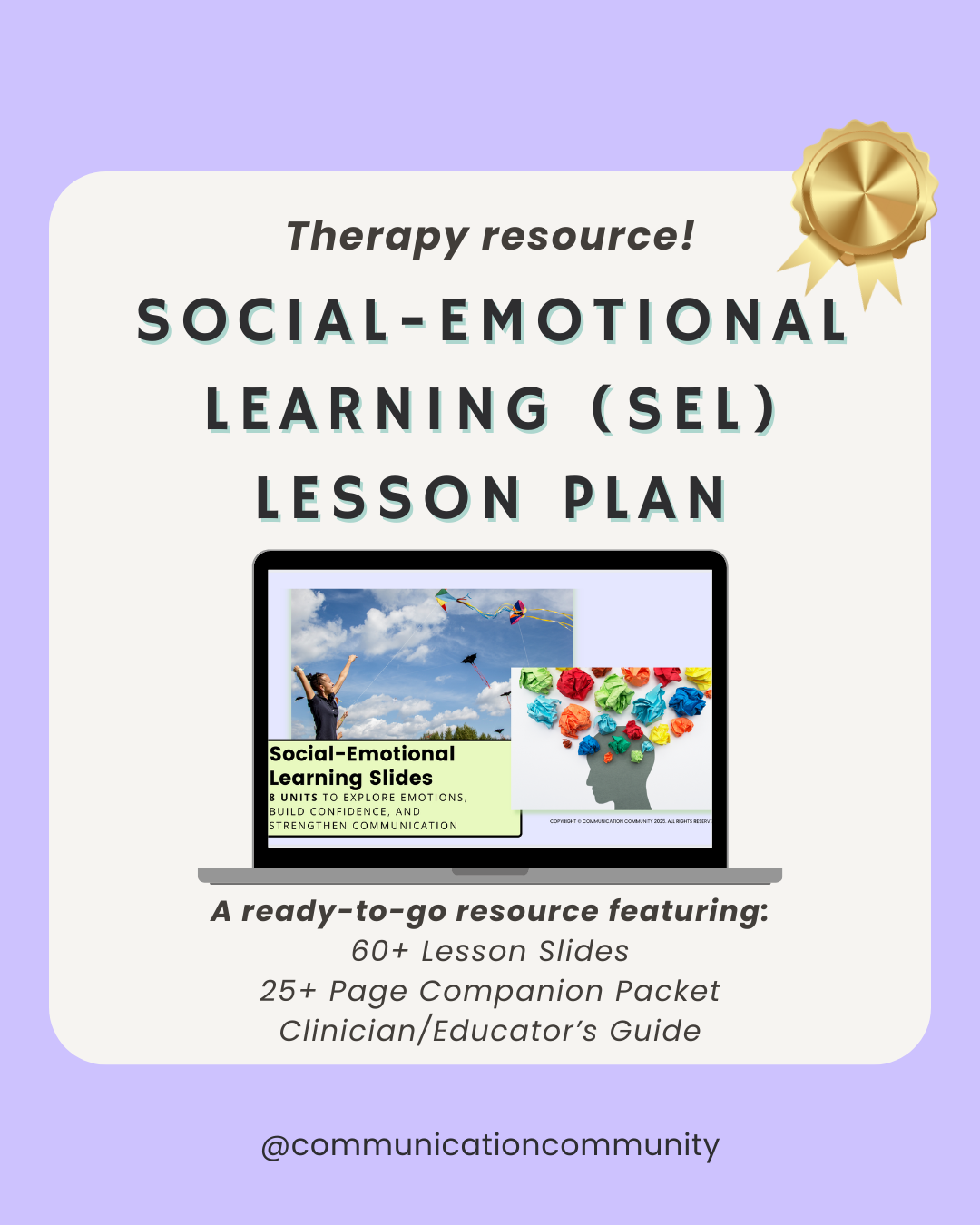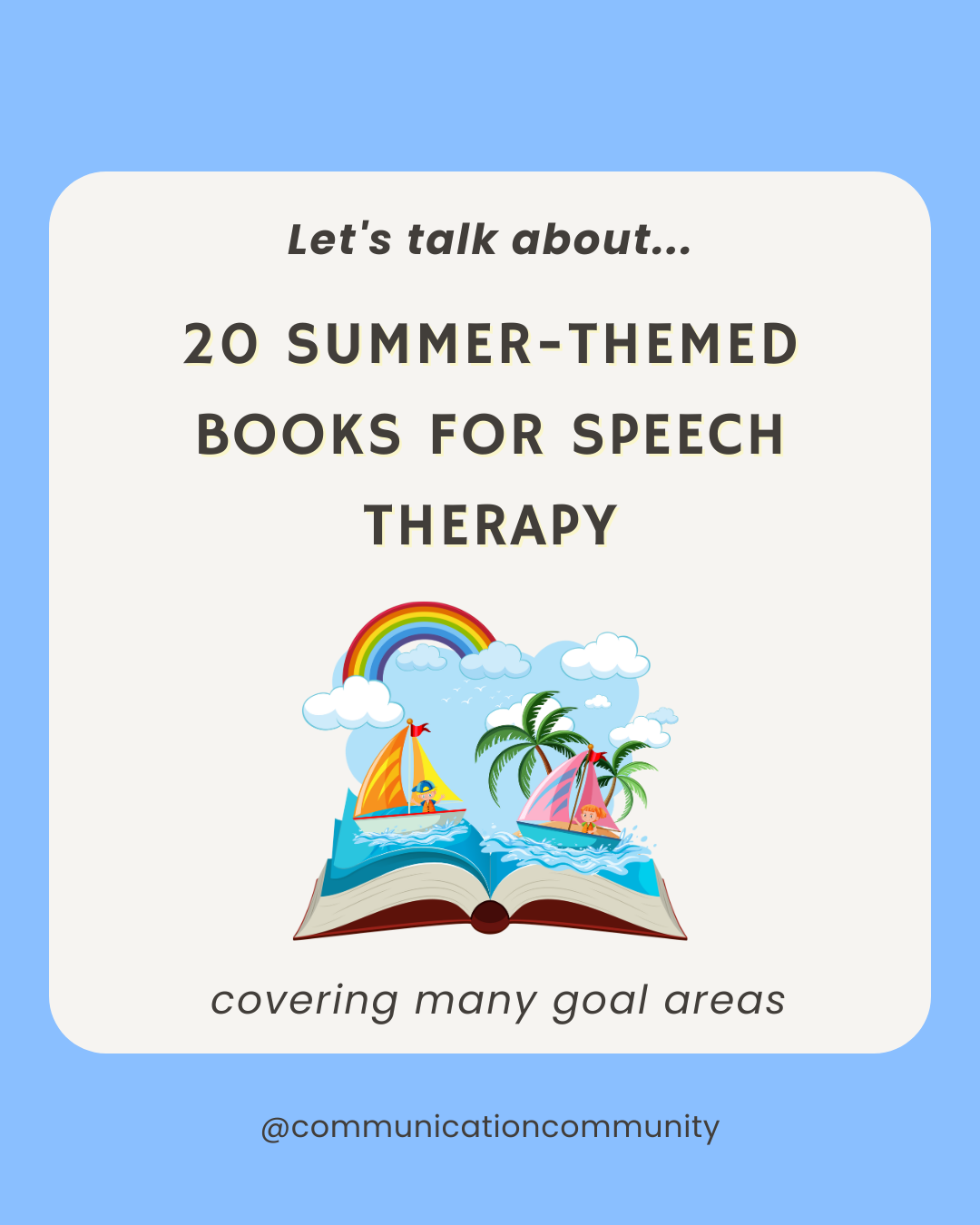Here you can find definitions for some of the speech, language, and communication terms that are commonly discussed in our blog posts. We are always adding to it!
ASHA - the American Speech-Language-Hearing Association, a professional organization of speech-language pathologists and audiologists
Speech and Language
Articulation - formation of sounds for speech
Phonology - the speech sound system of a language
Receptive language - the language we understand
Expressive language - the language we produce
Pragmatic language - social communication; the language we use with others
Apraxia - a motor speech disorder affecting the neurological pathways involved in planning the sequence of movements involved in producing speech (NIDCD)
Aphasia - a communication disorder that affects one’s ability to understand and/or express speech and language
Dysarthria - a motor speech disorder due to the weakness of articulatory muscles (tongue, lips, cheeks, etc.)
Social (Pragmatic Language)
Executive functions - the mental processes that enable us to plan, focus attention, remember instructions, and juggle multiple tasks successfully (Harvard University)
Joint attention - when two individuals are focusing on one object
Social story - introduced by Carol Gray in the early 90s; designed to illustrate specific situations and provide strategies with how to cope with them
Literacy
Phonological awareness - awareness of the sound structure of language (ASHA)
AAC [General]
Augmentative Alternative Communication (AAC) - alternative means of communication without talking; some examples may include gesturing, using American Sign Language, using a high-tech communication device (e.g., iPad with speech generating application) (ASHA)
Assistive Technology (AT) - any item, piece of equipment or product system, whether acquired commercially off the shelf, modified, or customized, that is used to increase, maintain, or improve the functional capabilities of children with disabilities (IDEA 2004)
Aided language stimulation - sometimes known as aided language input, refers to using ongoing natural speech while pointing to and labeling key graphic symbols on an AAC device (Dada, Alant, 2009)
Core words / core vocabulary - small percentage of words that make up to 80% of what we say (e.g., "go", "more", "on")
Fringe words / fringe vocabulary - large percentage of (non-core) words that make up very little of what we say; these words are usually nouns and specific to a certain context (e.g., "vanilla", "dustpan", "humor")
AAC [Types]
No Tech AAC - a form of communication that requires no materials other than one’s body (also referred to as unaided systems)
Low Tech AAC - any sort of communication method that is not "electronic," but requires some sort of equipment outside of one’s body
Mid Tech AAC - an electronic device (usually) with auditory output that is battery-operated and has simpler functions (as compared to high tech AAC)
High Tech AAC - an electronic device with auditory output that contains more advanced processors (as compared to mid tech AAC); also commonly known as Speech Generating Device (SGDs)
Aided system - one uses a tool outside of their body for AAC, e.g., SGD
Unaided system - one’s body is the only component necessary for AAC, e.g., gestures; commonly refered as no tech AAC/systems
School/Special Populations
IEP - Individualized Education Program
PLOP - Present Level of Performance
RTI - Response to Intervention
SpED - Special Education
SLP - Speech-Language Pathologist
OT - Occupational Therapist
PT - Physical Therapist
BCBA - Board Certified Behavioral Analyst

